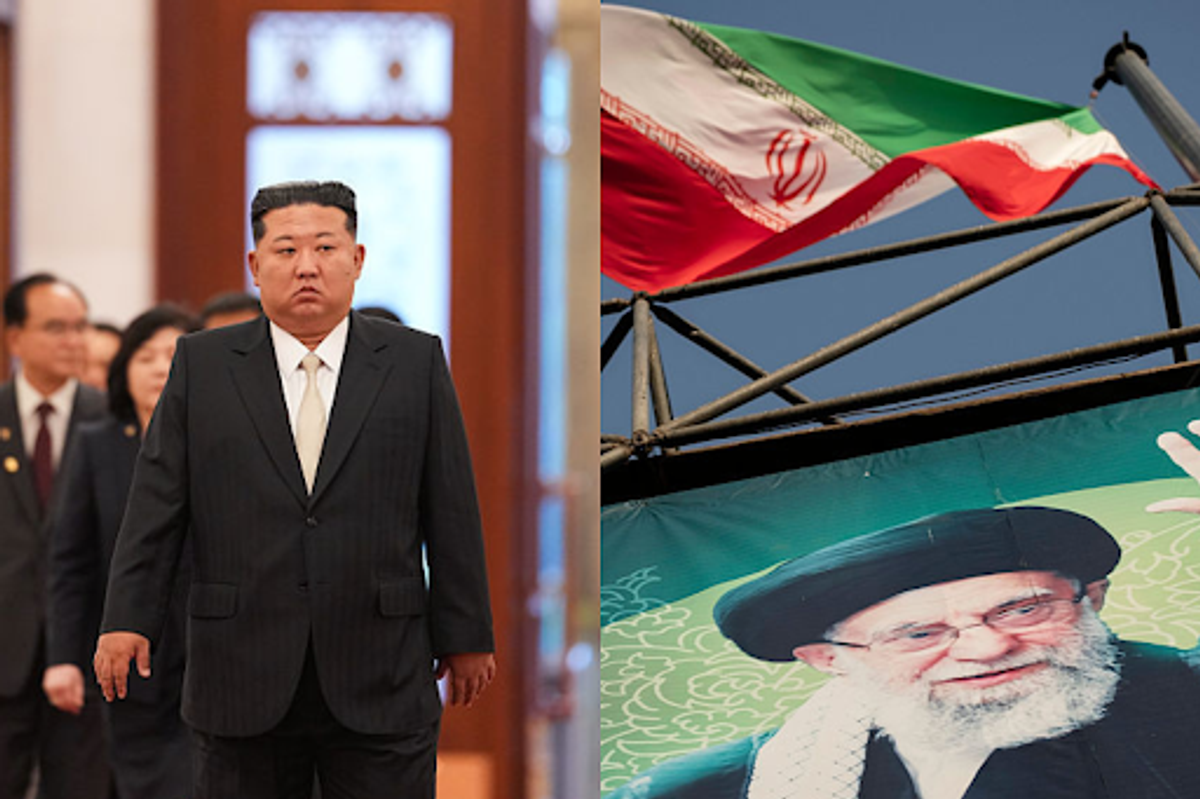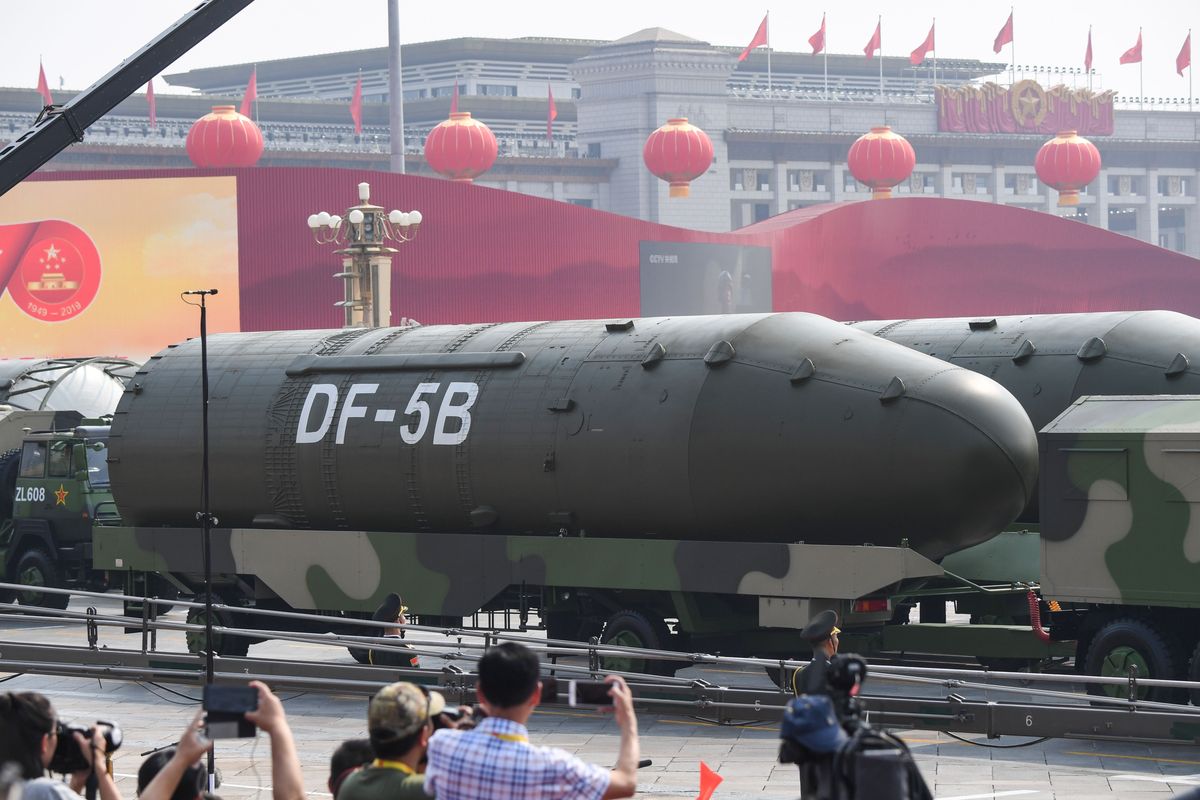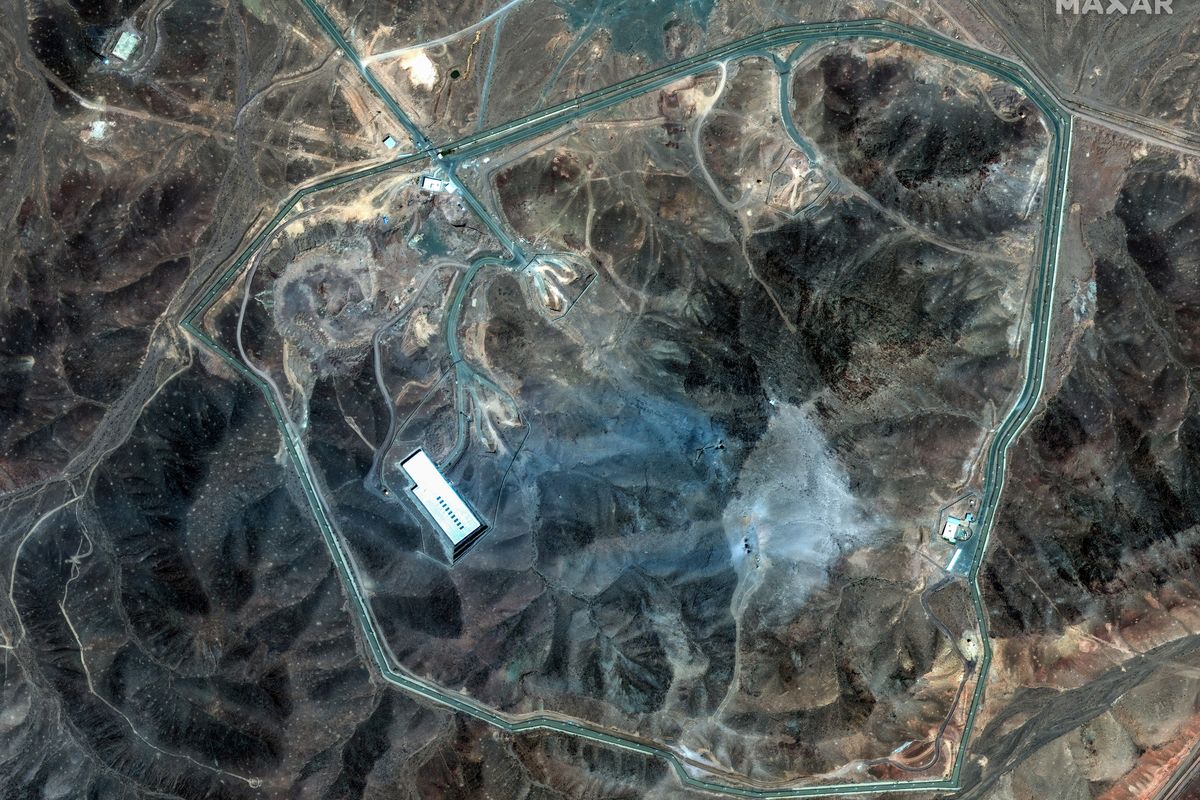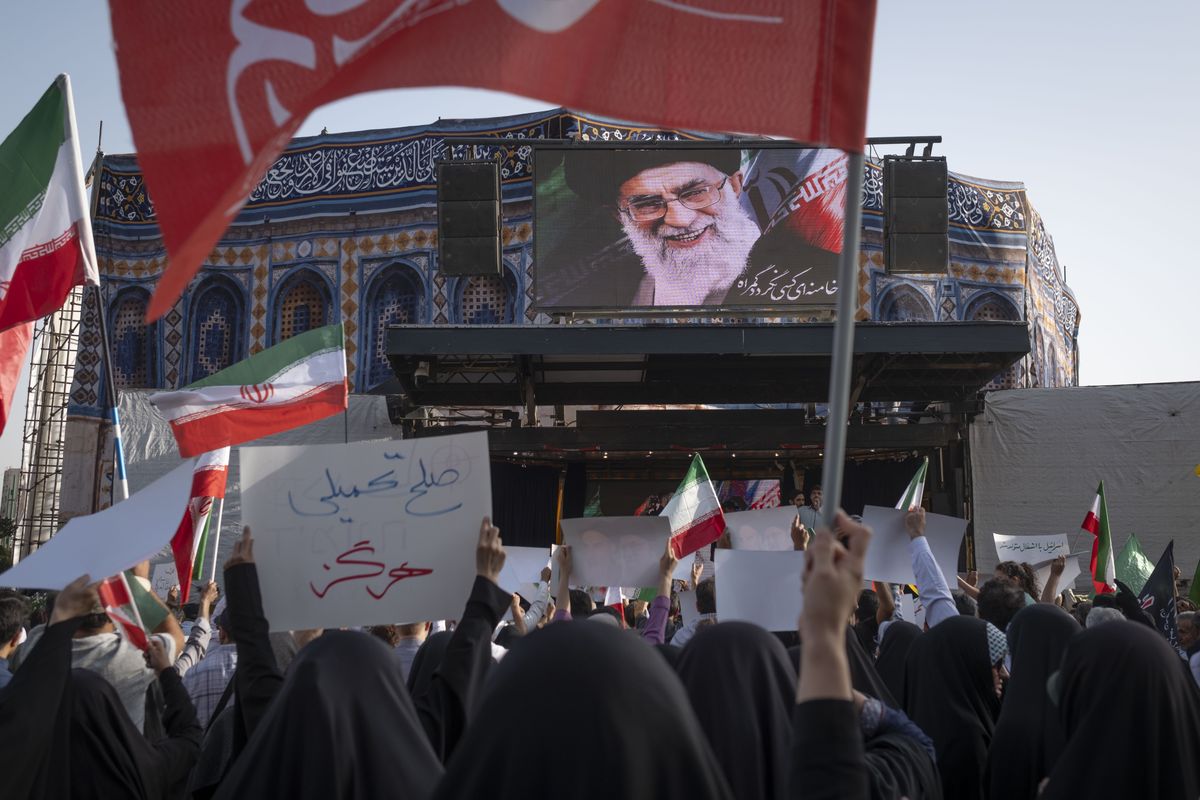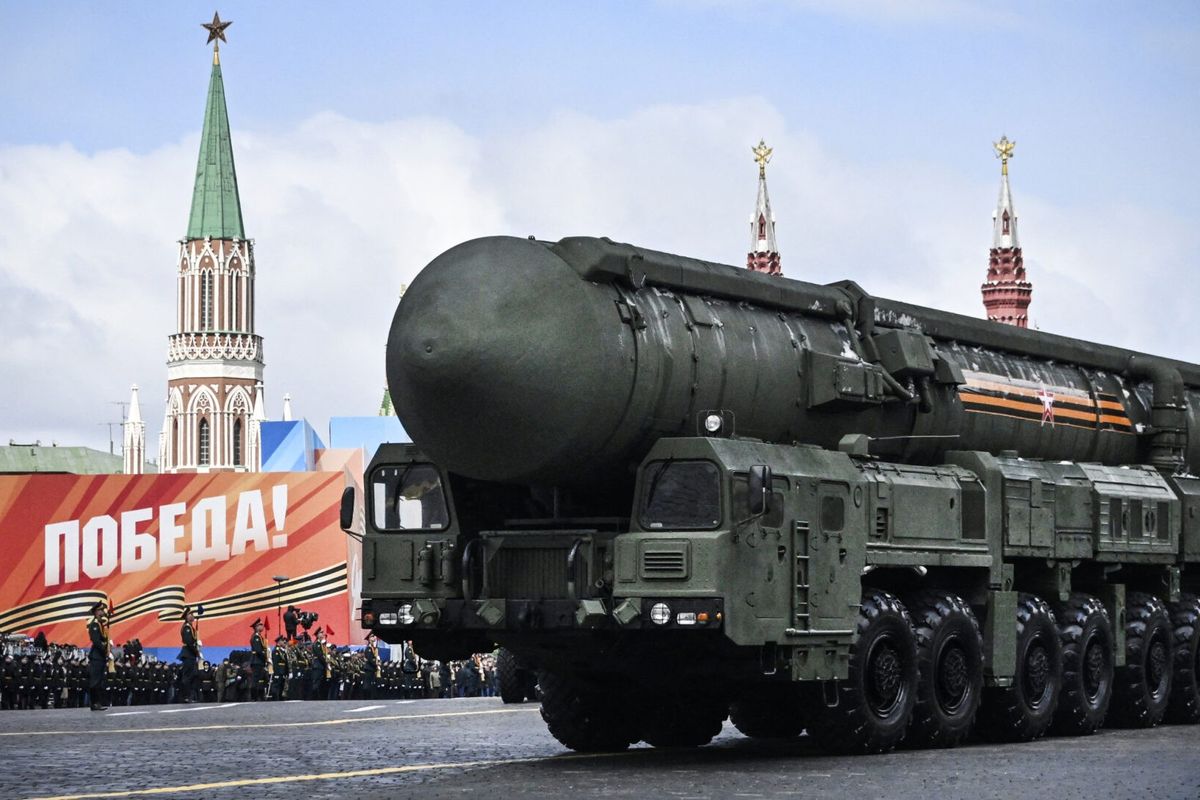Latest Stories

Welcome! Log in to stay connected and make the most of your experience.
Your membership has expired. Renew now to continue enjoying exclusive benefits and uninterrupted access.
Couldn’t find an account with that email address, please sign up.
Nuclear
Popular
The Next Nuclear Proliferation Crisis Is Already Here
The Two-Front Nuclear Challenge: Iran, North Korea, and a New Era of U.S. Deterrence
Chernobyl May Have Been Gorbachev's Greatest Lesson
The U.S. Has Enough Nuclear Weapons to Destroy the World so Why Build More?
The Latest
Experts Assess Iran Strikes, Response and What Comes Next
EXPERT SUMMARY -- Given this weekend’s strikes on Iran’s nuclear facilities and the incredible fast pace at which events are unfolding, The Cipher [...] More
How Things Could go from Worse to Devastating for Iran
CIPHER BRIEF REPORTING – Given the state of damage Iran has suffered since Israel launched a devastating round of airstrikes targeting nuclear and [...] More
Russia's Nuclear Rhetoric: Cold War Redux
EXPERT INTERVIEW — Russia has accompanied its war against Ukraine with an escalation of nuclear rhetoric reminiscent of that used during the Cold [...] More
Assessing the Dangers of a 'New Nuclear Age'
EXPERT INTERVIEWS — The arsenals of nuclear powers are growing, the number of nations with nuclear weapons may soon rise as well, and Russia has used [...] More
Dealing with Nuclear Proliferation in a Dangerous Moment
OPINION — Numerous U.S. allies have expressed concerns regarding the nuclear weapons programs of Russia, China, North Korea, and Iran. Most of those [...] More
How Putin Uses ‘Nuclear Coercion’ Against Ukraine – and the West
EXPERT INTERVIEWS — It’s a warning Russia has issued repeatedly since the first days of its February 2022 invasion of Ukraine: Don’t forget that we [...] More
For general inquiries please email info@thecipherbrief.com


